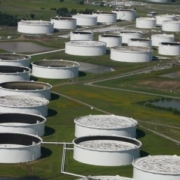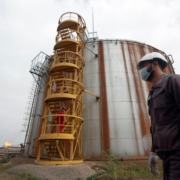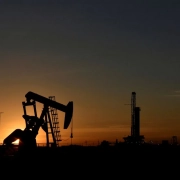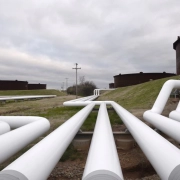Are you wondering why are gas prices high? Every day Americans are getting hammered by high prices at the pump, and Bank of America thinks the pain may just be getting started.
Gas prices have surged to a seven-year high of $3.40 a gallon nationally and are flirting with $4 in Nevada, Washington State, and Oregon.
Bank of America is now predicting that Brent crude oil, which drives gas prices, will zoom to $120 a barrel by June 2022. That’s 45% higher than current levels.
Oil prices backed off from recent highs on Wednesday. US crude tumbled 3% to around $81 a barrel and Brent lost 2% to $83 amid jitters ahead of Thursday’s OPEC meeting.
A further oil spike would raise the already-elevated cost of living for Americans. And it would squeeze businesses grappling with sticker shock, shortages and supply chain disasters.
Americans pay very close attention to prices at the pump and concerns about inflation have helped sour their views on the overall economy.
Nearly two-thirds of Americans described the economy as poor in a poll released this week. In Virginia, where Republicans won a key prize in the state’s governor’s mansion, the economy ranked in exit polls as the most important issue, surpassing education, taxes, and Covid.










